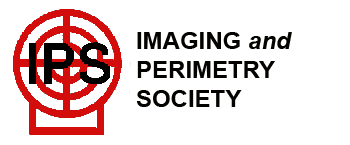 |
|
|
|
The age of automation: automating the Goldmann bowl: 1980As the technology gradually became available and microchips fell in price, computer-controlled, automated, static threshold perimetry was developed. Credit goes especially to John Lynn, Franz Fankhauser, Anders Heijl, CET Krakau, and Stephen Drance. Instruments made by the Octopus and later the Humphrey companies have become nearly universal. As with Goldmann perimetry, differential light sensitivity is tested over a four log unit (40 dB) range. Static threshold estimation is performed using a psychophysical staircase (4 dB / 2 dB) procedure. Testing covers the central 30 or 24 degrees using either a six degree spaced grid or a polar system weighted towards the central test locations. Various statistical and reliability indices have evolved. Automated kinetic perimetry has been cumbersome until the recent Interzeag system. Automated perimetry has allowed us to reach a new level of defect detection but recent estimates show further advances are needed. The other significant problem that remains is the high retest variability, especially with increasing visual loss. The leading automated perimeters have been:
Continue to Computer Graphics Perimetry: 1980 and beyond back to The age of Standardization: Hans Goldmann 1945 back to Table of Contents
Copyright 2008. Imaging and Perimetry Society |